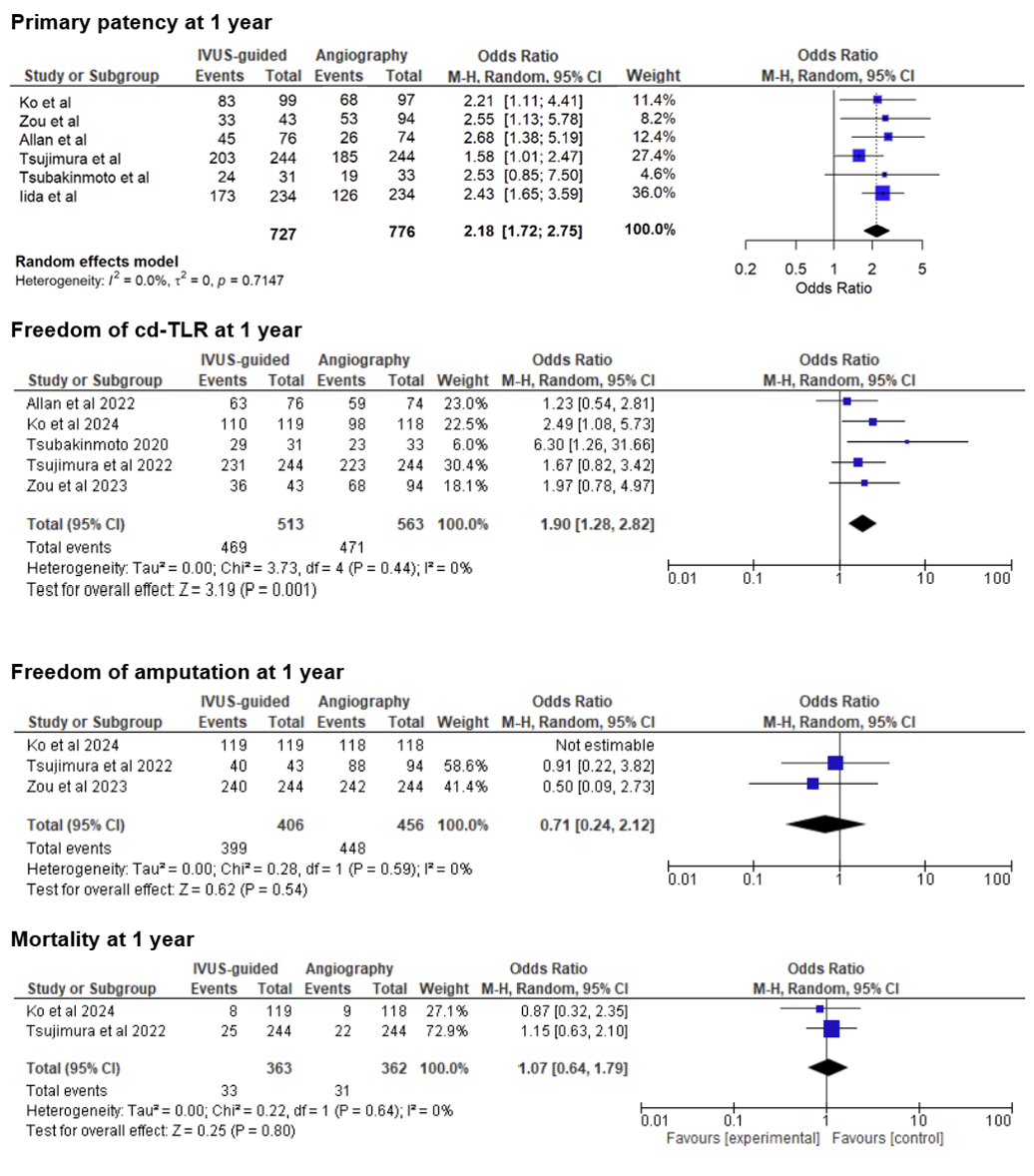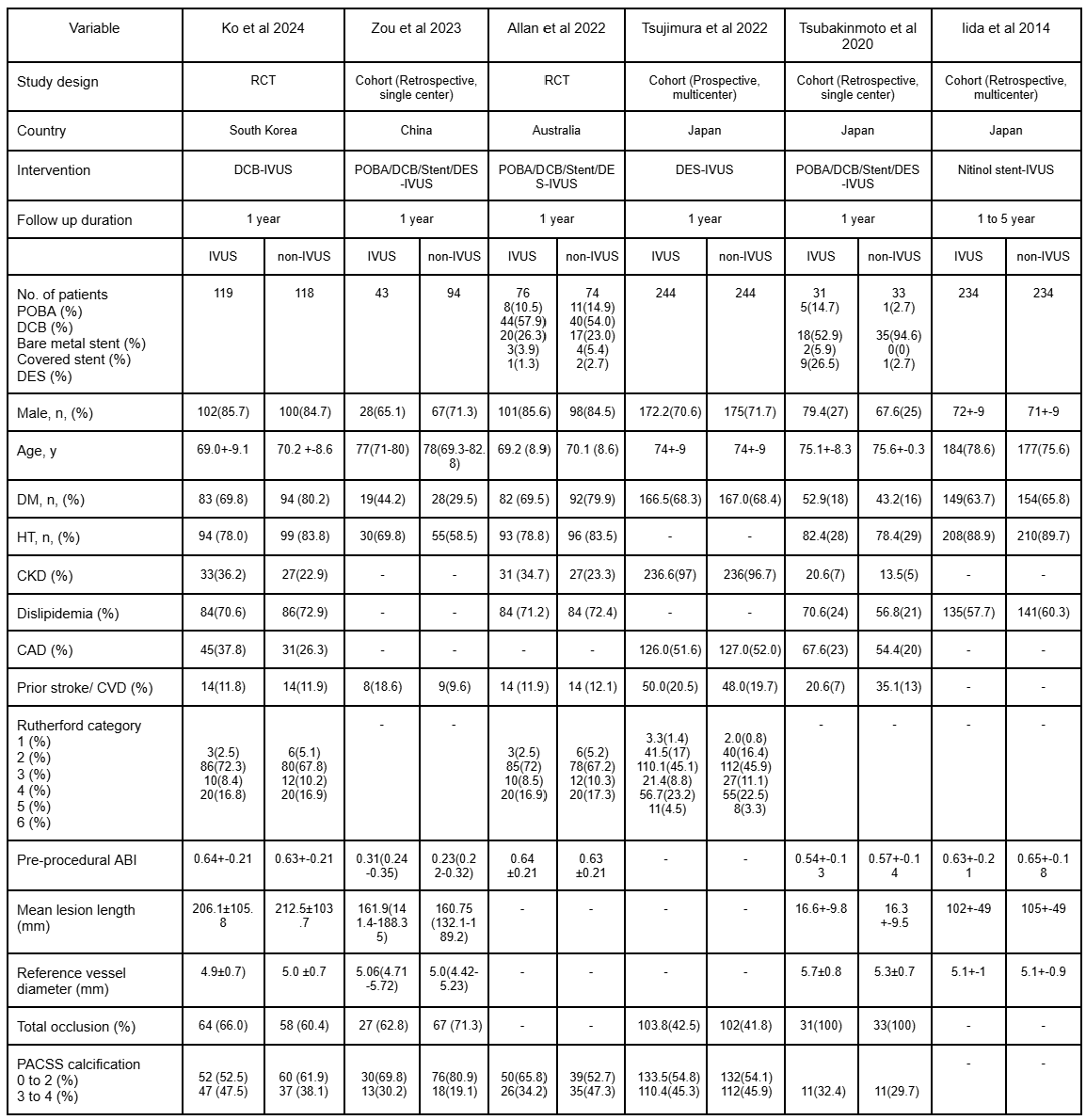Lots of interesting abstracts and cases were submitted for TCTAP 2025. Below are the accepted ones after a thorough review by our official reviewers. Don’t miss the opportunity to expand your knowledge and interact with authors as well as virtual participants by sharing your opinion in the comment section!
TCTAP A-080
Intravascular Ultrasound (IVUS)-Guided Angioplasty for Femoropopliteal Lesions: An Updated Meta-Analysis of Its Efficacy
By Sania Zahrani, Rifqi Rizkani Eri, Suci Indriani
Presenter
Sania Zahrani
Authors
Sania Zahrani1, Rifqi Rizkani Eri2, Suci Indriani3
Affiliation
Universitas Indonesia, Indonesia1, Abdi Waluyo Hospital, Indonesia2, National Cardiovascular Center Harapan Kita, Indonesia3
View Study Report
TCTAP A-080
Iliac / SFA Intervention
Intravascular Ultrasound (IVUS)-Guided Angioplasty for Femoropopliteal Lesions: An Updated Meta-Analysis of Its Efficacy
Sania Zahrani1, Rifqi Rizkani Eri2, Suci Indriani3
Universitas Indonesia, Indonesia1, Abdi Waluyo Hospital, Indonesia2, National Cardiovascular Center Harapan Kita, Indonesia3
Background
Intravascular ultrasound (IVUS) had been widely recognized for its role in improving outcomes in endovascular interventions. While earlier studies suggested promising outcomes with IVUS-guided femoropopliteal angioplasty, recent advancements have provided additional evidence. Since the publication of the last meta-analysis on this topic, several new studies, including two randomized controlled trials (RCTs), have emerged. Incorporating these latest findings, the present meta-analysis aims to comprehensively evaluate the efficacy and safety of IVUS-guided angioplasty for femoropopliteal lesions.
Methods
Following PRISMA 2020 guidelines, we systematically searched PubMed, ScienceDirect, and the Cochrane Library for studies comparing IVUS-guided angioplasty for femoropopliteal lesions up to November 3, 2024. Study quality was assessed using the Cochrane Risk of Bias Tool for RCTs and Newcastle-Ottawa Scale (NOS) for cohort studies. Meta-analysis was performed using an inverse-variance random-effects model with RevMan 5.4.0 software.
Results
Through the literature searching, 488 records were identified and a total of 6 moderate to high quality studies were included (n=1622 patients) for the meta-analysis. The baseline characteristics are summarized in Table 1. In this study, we found that at 1 year, the odds for primary patency and freedom of clinically driven-target lesion revascularization(cd-TLR) was significantly higher in the IVUS-guided group compared to the angiography group (OR 2.18; CI 1.72-2.75; I2=0% and OR 1.90; CI1.30-2.79; I2=0% respectively) with no significant difference in freedom of amputation and mortality (OR 0.71; CI 0.24-2.12; I2=0% and OR 1.07; CI 0.64-1.79; I2=0% respectively)(Figure 1).




Conclusion
This meta-analysis supports the efficacy of IVUS-guided femoropopliteal angioplasty, showing improved primary patency and reduced cd-TLR rates without significant differences in freedom of amputation and mortality. Future research should focus on standardizing study designs and extending follow-up durations to clarify IVUS's role in specific clinical scenarios and angioplasty strategies.


